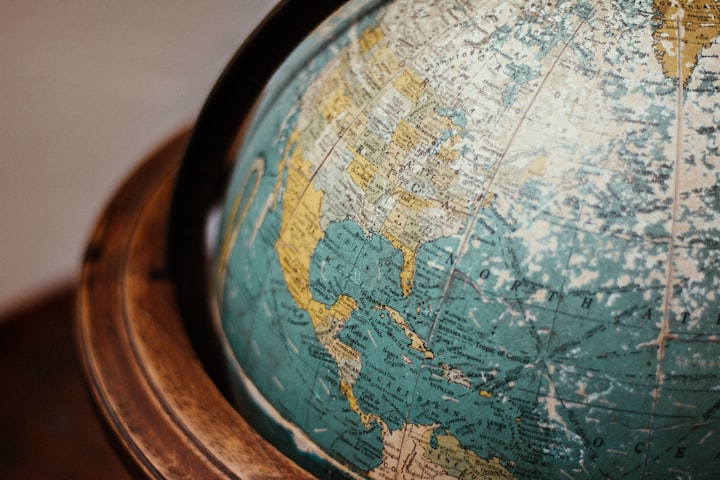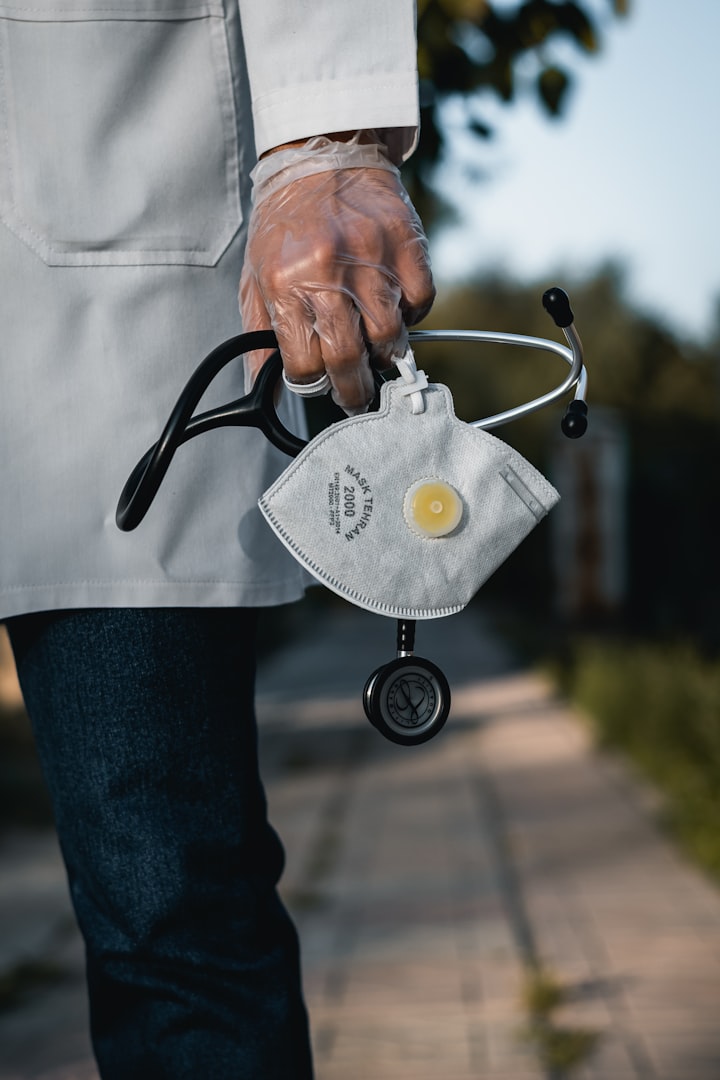Don't Come Crying to Me About The Pandemic
I ****ing warned people that this would happen.

Dear Readers,
I hope that you'll allow me to do some venting. While I'll admit that even I was blindsided by the timing of the COVID-19 pandemic, I'm really not at all surprised that it happened. I was expecting something like it. Hell, I'm still expecting something far worse. I've warned about such things for some time, and I've written about my warnings here and elsewhere.
Pandemics are Coming (They Came)
As many of my readers know, I'm an advocate for immediate expansion into space. As far as I'm concerned, we're about 50 years behind where we should be right now. There is absolutely no reason why we shouldn't already be colonizing Mars.
Why am I so interested in moving to space at such a rapid pace? While the resources available throughout our solar system are vast, and there's a great deal of capital generation possible, my greatest concern is our survival. There are so many threats that we face. And I've mentioned a number of them, in posts like "What's Worse Than Climate Denial?"
Among my list of concerns has been the risk of a global pandemic. I think one of the earliest comments I made, at least on this platform, about the risk of a pandemic, was in response to an article by Ella Ananeva, about her preference for ocean colonization over space colonization. While I'm a fan of both, here is what I said in response.
The one issue is that ocean colonies would still be very susceptible to a global pandemic, so if it's a disease that ends up threatening our existence, an ocean colony might not be enough.
This comment was made on May 28, 2019. I've written many such comments related to threats to our survival. Globalization is great, but it does essentially guarantee a pandemic, especially if we don't have the technology to rapidly screen anyone for infection.
Asymptomatic Infections are a Threat
Of course, one aspect of COVID-19 that makes the pandemic especially difficult is the high rate of asymptomatic carriage. While for a fairly different reason, I have been commenting on the need for a better understanding of asymptomatic carriage and sub-clinical infections for quite some time. Back in February I was discussing the issue of potential asymptomatic and sub-clinical infections driving measles outbreaks, and the need for wider surveillance.
For a number of years now I've been studying Whooping Cough and other diseases, and how asymptomatic infections drive epidemics. But little concern has been placed on such things, and little effort has been done on creating general surveillance systems that allow us to get an idea of infectious load rather than just case load.
So COVID-19 comes along, and the United States, and the rest of the world, are unprepared to deal with an infection with a significant amount of asymptomatic carriers. Color me shocked.
Let's Get Our **** in Order
I'll be blunt here. We were lucky when it came to COVID-19. That might sound absurd, considering how many people have been infected and how many deaths there are. But the death toll could have easily been in the millions, or worse. Are we really going to wait until we have a species ending event to start looking for better ways to protect ourselves, including by expanding beyond this tiny hunk of rock?
At the same time, COVID-19 has taught us that a disease which is often very mild can still result in many deaths, if it spreads fast enough. And it has taught us that asymptomatic transmission can vastly increase the rate of spread through a population. The original SARS virus likely had a fatality rate close to 15% and upwards of 50% for the elderly (CIDRAP). Meanwhile, the case fatality rate of COVID-19 seems to be closer to 7% (ourworldindata). Even in Italy, the hardest hit in terms of mortality rates, the case fatality rate is slightly below that of SARS.
Both SARS and SARS-CoV-2 are very similar in nature. And yet, a small change in the rate at which infections are asymptomatic has caused the SARS-CoV-2 epidemic to explode at a rate that far exceeds that of the original SARS-CoV. What this result indicates is that even if a disease is made safer, on a case by case basis, a transition towards the asymptomatic range can actually result in more deaths.
We need broad surveillance capacity, both for existing pathogens and novel pathogens. If a system is already in place for existing infections, those resources can be called upon in situations like the current epidemic. Finally, such a system would also require labs and test production facilities, around the world, as pandemics disrupt global supply chains. Globalism is a wonderful thing, but it can make a pandemic far worse.
About the Creator
Daniel Goldman
Visit my homepage. I am a polymath and a rōnin scholar with interests in many areas, including political science, economics, history, and philosophy. I've been writing about all of these topics, and others, for the past two decades.






Comments
There are no comments for this story
Be the first to respond and start the conversation.